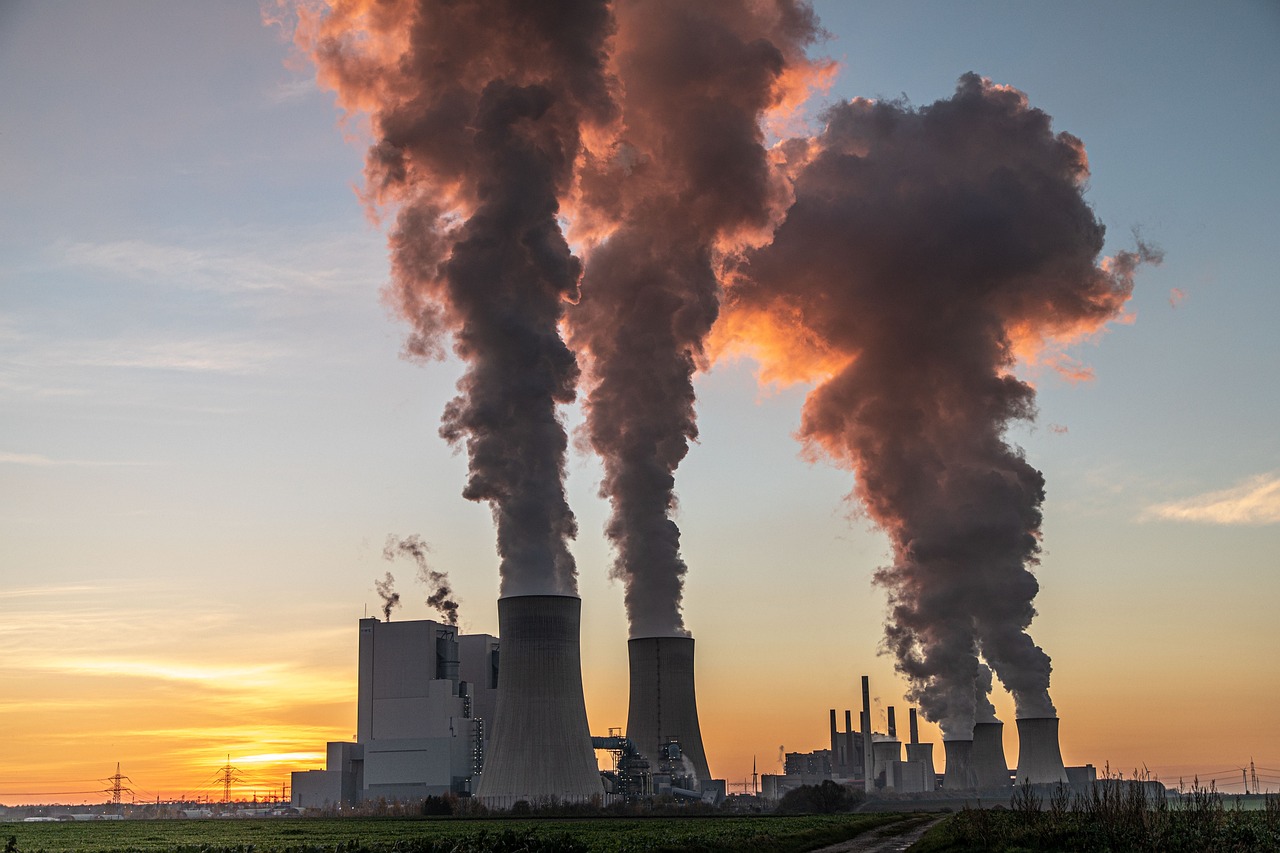Curious about the ins and outs of greenhouse gases and their impact on our climate? Join us as we explore the fascinating world of these gases and unravel the ways in which they shape and influence our environment. From their sources to their role in global warming, we’ll examine the intricate relationship between greenhouse gases and the climate, leaving you with a deeper understanding of this crucial ecological issue.
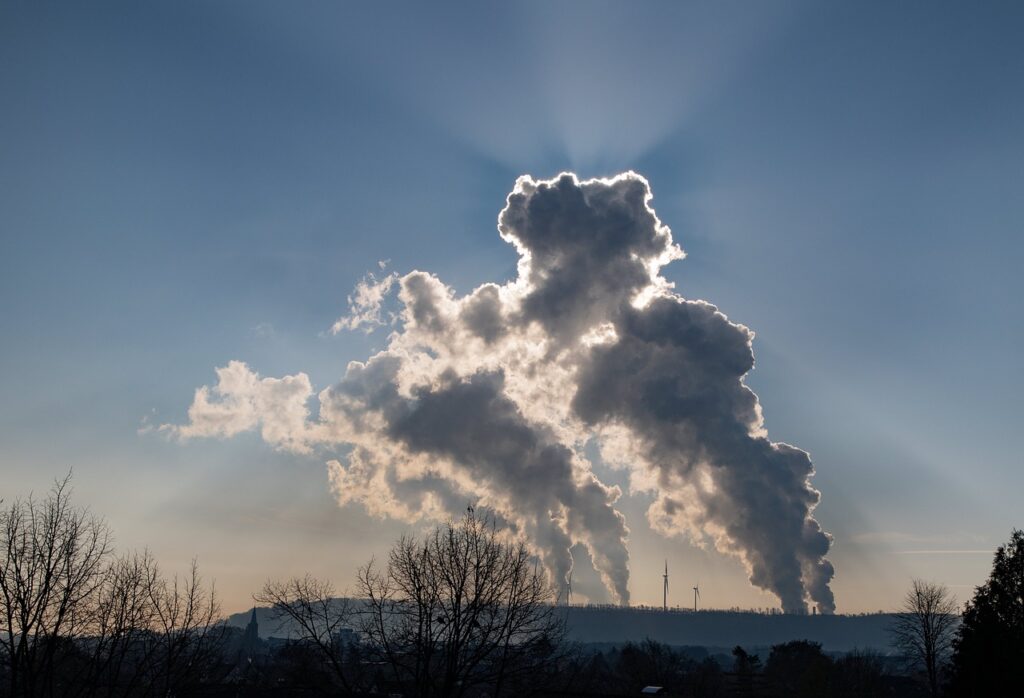
Definition of Greenhouse Gases
Introduction to greenhouse gases
Greenhouse gases are the gases in Earth’s atmosphere that contribute to the greenhouse effect. These gases trap heat from the sun and prevent it from escaping into space, leading to a warming effect on the Earth’s surface. While this natural greenhouse effect is essential for maintaining a habitable climate, human activities have been increasing the concentrations of these gases, which in turn, intensify the greenhouse effect and lead to global warming.
List of greenhouse gases
The most common greenhouse gases include carbon dioxide (CO2), methane (CH4), nitrous oxide (N2O), and fluorinated gases. Carbon dioxide is released mainly from the burning of fossil fuels such as coal, oil, and natural gas, as well as from deforestation and certain industrial processes. Methane is predominantly emitted from agricultural activities, livestock farming, and the extraction and transport of fossil fuels. Nitrous oxide is released from agricultural and industrial activities, as well as during the combustion of fossil fuels. Fluorinated gases, such as hydrofluorocarbons (HFCs) and perfluorocarbons (PFCs), are used in various industrial applications, including refrigeration and air conditioning.
Explanation of their properties
Greenhouse gases have unique properties that enable them to trap heat in the atmosphere. Carbon dioxide, for example, can remain in the atmosphere for centuries, making it a long-lived greenhouse gas. Methane, on the other hand, has a shorter lifespan but is much more potent in trapping heat compared to carbon dioxide. Nitrous oxide also persists in the atmosphere for a long time and has a warming potential significantly higher than carbon dioxide. Fluorinated gases, while present in smaller quantities, can have extremely high warming potentials. The properties of these gases, combined with their increasing concentrations, contribute to the greenhouse effect and subsequent climate change.
Sources of Greenhouse Gases
Natural sources
Greenhouse gases are released into the atmosphere through both natural and human activities. Natural sources of greenhouse gases include processes such as volcanic eruptions, the decay of organic matter, and the respiration of plants and animals. These natural emissions have been part of the Earth’s carbon cycle for millions of years and are typically balanced by the planet’s natural processes. However, human activities have disrupted this balance by introducing additional greenhouse gases into the atmosphere at an alarming rate.
Anthropogenic sources
Anthropogenic, or human-caused, sources of greenhouse gases are primarily related to the burning of fossil fuels, deforestation, and industrial processes. The combustion of fossil fuels for energy production and transportation is the largest single contributor to the increase in carbon dioxide emissions. Deforestation, particularly in tropical regions, releases vast amounts of carbon dioxide into the atmosphere as trees are cleared and burned. Additionally, certain industrial processes, such as cement production and the extraction and refining of metals, emit greenhouse gases such as carbon dioxide and nitrous oxide.
Overview of major contributors
The major contributors to greenhouse gas emissions vary regionally around the world. In developed countries, the burning of fossil fuels for electricity generation, transportation, and industrial processes is typically the largest source of emissions. Agriculture, particularly livestock farming and the use of synthetic fertilizers, is a significant source of methane and nitrous oxide emissions globally. The forestry and land-use sector also plays a significant role, with deforestation and land degradation contributing to carbon dioxide emissions. Developing countries, while still contributing to emissions, often have lower per capita emissions compared to developed nations.
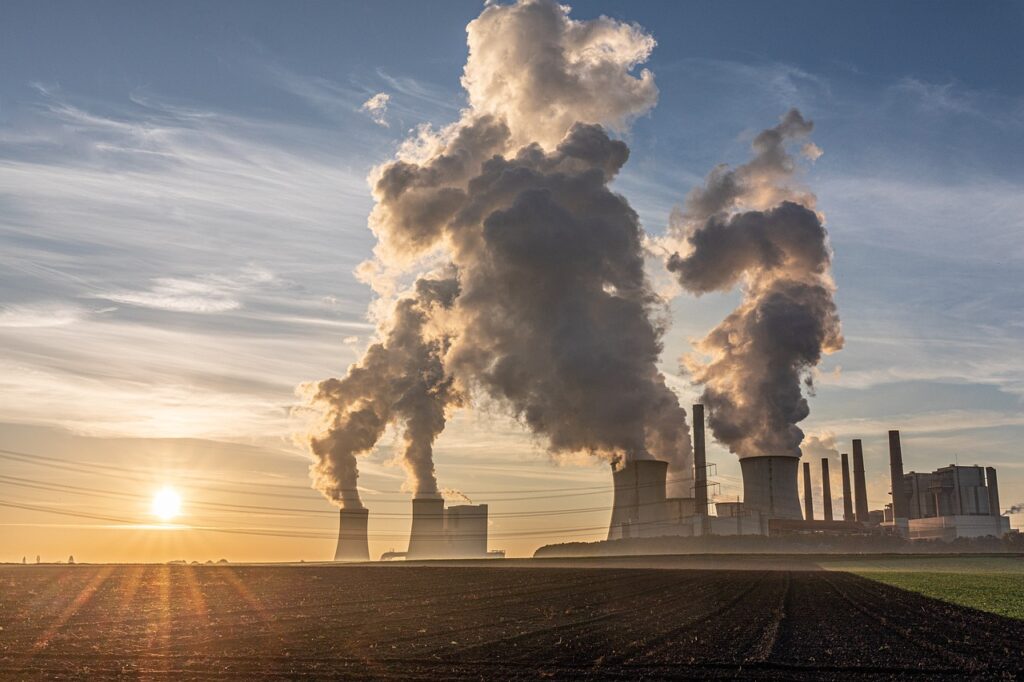
Mechanism of Greenhouse Effect
How greenhouse gases trap heat
The greenhouse effect is the process by which greenhouse gases in the Earth’s atmosphere absorb and re-emit thermal radiation, trapping heat near the surface. When sunlight reaches the Earth’s surface, it warms the surface, which in turn radiates heat back into the atmosphere as infrared radiation. Greenhouse gases in the atmosphere absorb and re-emit a portion of this infrared radiation, preventing it from escaping into space. This process effectively traps heat within the Earth’s system and results in a warmer overall temperature.
Role of energy absorption and emission
Greenhouse gases, due to their molecular structure, have the ability to absorb certain wavelengths of infrared radiation emitted by the Earth’s surface. This absorption occurs because the bonds between the atoms or molecules in these gases can vibrate in resonance with the energy of the infrared radiation. Once absorbed, the greenhouse gases can either re-emit the energy as infrared radiation or transfer it to adjacent molecules through collisions. This energy absorption and emission cycle continues, with the greenhouse gases trapping and releasing heat energy, contributing to the overall greenhouse effect.
Explanation of radiative forcing
Radiative forcing is a measure used to quantify the effect of greenhouse gases on the Earth’s energy balance. It represents the change in energy balance at the top of the atmosphere due to the presence of greenhouse gases and other factors, such as changes in solar radiation. Positive radiative forcing occurs when the presence of greenhouse gases leads to a net increase in the amount of energy trapped in the Earth’s system, resulting in warming. Negative radiative forcing, on the other hand, occurs when factors lead to a net decrease in trapped energy, which would have a cooling effect on the climate.
Impact of Greenhouse Gases on Climate
Warming effect on Earth’s surface
The increased concentrations of greenhouse gases in the atmosphere lead to a warmer Earth’s surface. As these gases trap heat, the overall temperature of the planet rises, resulting in global warming. The warming effect is most pronounced in regions with higher concentrations of greenhouse gases and can lead to changes in weather patterns, ecosystems, and the overall climate.
Changes in global temperature
One of the most significant impacts of greenhouse gases on climate is the increase in global temperatures. Over the past century, the average global temperature has risen by approximately 1 degree Celsius, primarily due to human activities. This rise in temperature has led to various consequences, including melting glaciers, rising sea levels, and shifts in precipitation patterns. If greenhouse gas emissions continue to accumulate at the current rate, temperatures are projected to rise even further, surpassing the limits set by international agreements.
Altered weather patterns
Greenhouse gases have the potential to disrupt weather patterns on a global scale. As the atmosphere warms, it can hold more moisture, leading to increased rainfall in some regions. This can result in more frequent and intense rainfall events, potentially leading to flooding and increased erosion. Additionally, changes in temperature gradients can affect the strength and behavior of storms, potentially leading to more severe tropical cyclones or hurricanes. These altered weather patterns can have far-reaching implications for human populations, ecosystems, agriculture, and water resources.
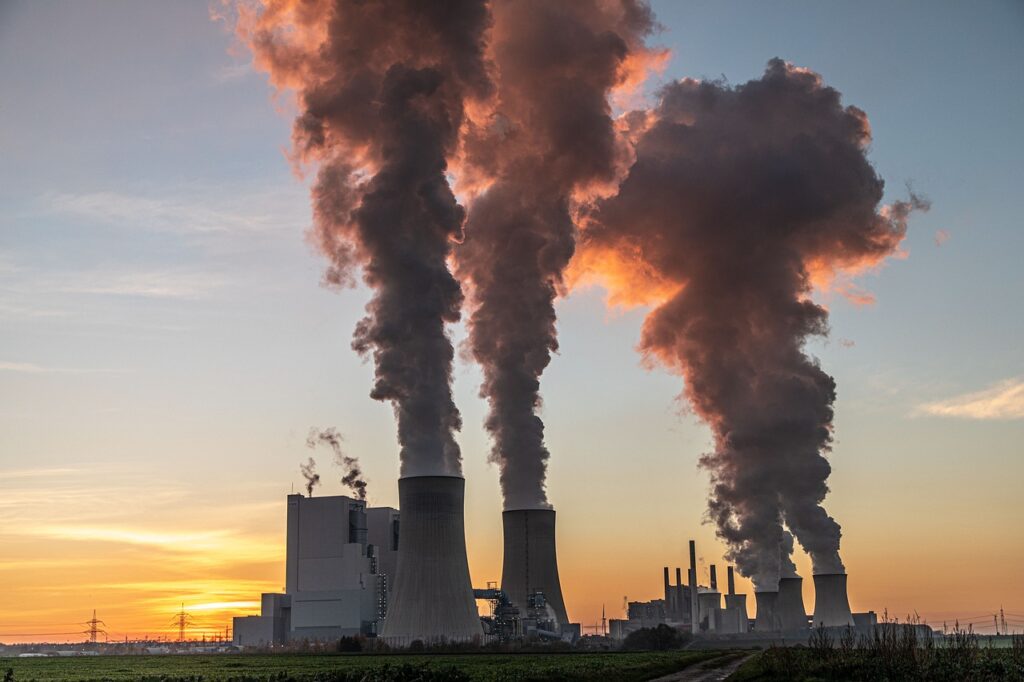
Consequences of Excessive Greenhouse Gas Emissions
Rise in sea levels
As global temperatures rise, one of the most immediate and visible consequences is the melting of glaciers and polar ice caps. This melting leads to an increase in the volume of water in the Earth’s oceans, resulting in rising sea levels. Rising sea levels pose a significant threat to coastal communities and low-lying regions, increasing the risk of floods, erosion, and saltwater intrusion into freshwater sources. Additionally, higher sea levels can exacerbate the impacts of storm surges and put infrastructure and ecosystems at risk.
Melting of polar ice caps
The melting of polar ice caps, specifically those in Greenland and Antarctica, contributes to rising sea levels and has long-term implications for global climate stability. These ice caps store massive quantities of freshwater, and if they continue to melt at accelerated rates, it would release significant amounts of water into the oceans. This would further contribute to rising sea levels and potentially disrupt the ocean currents that regulate Earth’s climate. The loss of polar ice caps also contributes to the loss of habitat for various species, including polar bears and penguins, leading to a decline in biodiversity.
Increase in extreme weather events
Excessive greenhouse gas emissions contribute to the intensification of extreme weather events. As temperatures rise, the amount of energy in the atmosphere increases, resulting in more energy available for weather systems to develop and intensify. This can lead to more frequent and severe heatwaves, droughts, wildfires, and heavy rainfall events. These extreme weather events can have devastating impacts on human lives, infrastructure, agriculture, and ecosystems, causing displacement, loss of livelihoods, and increased vulnerability, particularly in vulnerable communities.
Global Warming Potential (GWP)
Concept of GWP
The concept of Global Warming Potential (GWP) is a way to compare the warming effects of different greenhouse gases relative to carbon dioxide over a specific time period, usually 100 years. GWP takes into account the lifetime of each gas in the atmosphere and its efficiency in trapping heat. Carbon dioxide is used as the baseline with a GWP value of 1, and other greenhouse gases are assigned higher values based on their potency. GWP allows for the comparison of the relative warming effects of different gases and helps policymakers prioritize the reduction of gases with higher GWP values.
Comparison of different greenhouse gases’ GWPs
The GWPs of different greenhouse gases vary based on their properties and how long they persist in the atmosphere. Methane, for example, has a much higher GWP compared to carbon dioxide due to its higher potency, but it has a shorter atmospheric lifetime. Over a 100-year period, methane has a GWP of approximately 28-36, meaning it is 28 to 36 times more potent than carbon dioxide. Nitrous oxide has a GWP of about 265-298, and fluorinated gases have significantly higher GWPs, reaching values in the thousands or even tens of thousands. Understanding these GWPs helps prioritize efforts to reduce emissions of these gases effectively.
Importance in climate change discussions
The concept of GWP is crucial in climate change discussions and guides climate mitigation strategies. It helps policymakers identify the most significant contributors to global warming and determine which gases and sectors require immediate attention for emission reductions. By considering the GWPs of greenhouse gases, policymakers can develop more targeted and effective strategies for reducing emissions and mitigating climate change. The comparison of GWPs also highlights the need to address short-lived climate pollutants, such as methane, alongside long-lived gases like carbon dioxide, for the most effective climate action.
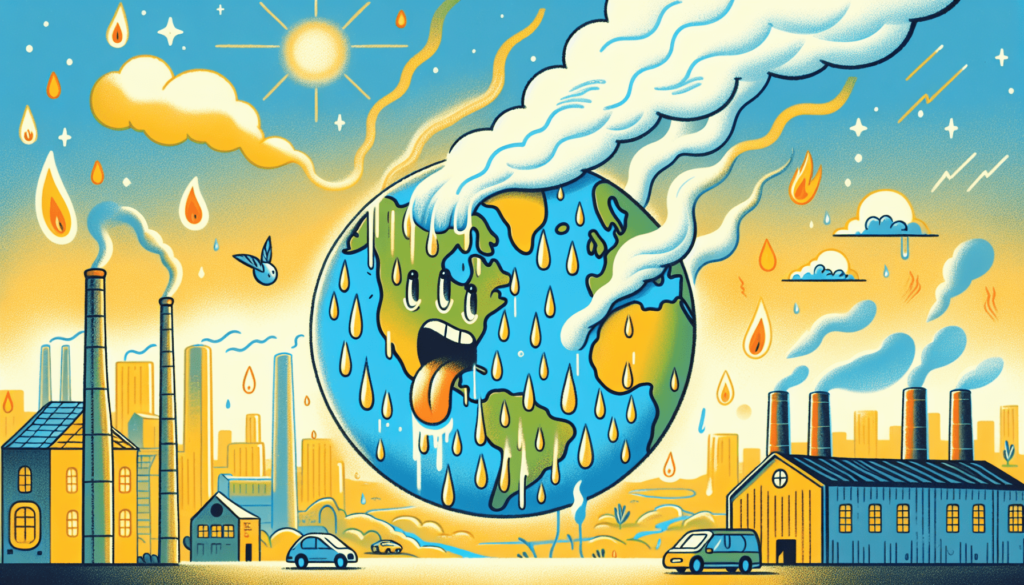
International Efforts to Reduce Greenhouse Gases
Introduction to international agreements
Recognizing the global nature of the climate challenge, countries have come together to address greenhouse gas emissions through international agreements. The United Nations Framework Convention on Climate Change (UNFCCC) is the main international treaty that provides a framework for cooperation and action on climate change. The UNFCCC has led to the adoption of various agreements and protocols, including the Kyoto Protocol and the Paris Agreement, which aim to reduce greenhouse gas emissions and mitigate climate change on a global scale.
Overview of key initiatives (e.g., Paris Agreement)
The Paris Agreement, adopted in 2015 and currently ratified by almost all countries, is a landmark international effort to combat climate change. The agreement aims to limit the global temperature increase to well below 2 degrees Celsius above pre-industrial levels and to pursue efforts to limit the temperature increase to 1.5 degrees Celsius. Under the Paris Agreement, countries submit voluntary emission reduction targets known as Nationally Determined Contributions (NDCs) and regularly report on their progress. This agreement represents a collective commitment to addressing greenhouse gas emissions and accelerating the transition to a low-carbon and resilient future.
Challenges and progress in reducing emissions
Reducing greenhouse gas emissions on a global scale presents several challenges. The transition away from fossil fuels towards renewable energy sources requires substantial investment in infrastructure, technology, and policy frameworks. Additionally, industries heavily reliant on fossil fuels may face economic and social implications during the transition. Balancing economic growth and development with emissions reductions is a complex task that often requires international cooperation and financial support. Despite these challenges, progress has been made in reducing emissions, with many countries and regions adopting renewable energy targets, implementing energy efficiency measures, and investing in sustainable transport systems.
Mitigation Strategies for Greenhouse Gas Emissions
Transition to renewable energy sources
One of the most effective strategies for mitigating greenhouse gas emissions is transitioning away from fossil fuels and towards renewable energy sources. Renewable energy, such as solar, wind, hydropower, and geothermal, produces electricity with little to no direct greenhouse gas emissions, offering a clean and sustainable alternative. Increasing the share of renewable energy in the global energy mix can significantly reduce both carbon dioxide emissions and air pollution, leading to improved public health and a more sustainable energy system.
Energy efficiency and conservation
Improving energy efficiency and implementing energy conservation measures can also contribute to lowering greenhouse gas emissions. By reducing energy consumption through efficient appliances, buildings, and industrial processes, less energy is needed, resulting in reduced emissions. Energy conservation practices, such as turning off lights and appliances when not in use, can further contribute to lowering emissions. Governments, businesses, and individuals can all play a role in promoting and adopting energy-efficient practices to reduce greenhouse gas emissions.
Carbon capture and storage technologies
Carbon capture and storage (CCS) technologies aim to capture carbon dioxide emissions from power plants and other industrial sources and store them underground, preventing their release into the atmosphere. CCS, combined with the use of low-carbon technologies, can help reduce greenhouse gas emissions from sectors that are challenging to decarbonize. While CCS is still in its early stages of deployment and faces technological and economic challenges, it holds promise for reducing emissions in industries where emissions reductions alone may be challenging to achieve.
Role of Individuals in Addressing Greenhouse Gases
Everyday actions to reduce emissions
Individual actions can collectively make a significant impact on reducing greenhouse gas emissions. Simple actions such as using energy-efficient light bulbs, reducing water and energy consumption at home, and choosing sustainable transportation options can contribute to reducing personal carbon footprints. Additionally, individuals can adopt sustainable dietary choices, such as reducing meat consumption, which can help lower emissions associated with livestock farming. By making conscious choices in our daily lives, we can contribute to reducing greenhouse gas emissions and promoting a more sustainable future.
Promoting sustainable lifestyles
Promoting sustainable lifestyles involves adopting habits and attitudes that minimize environmental impact and prioritize resource conservation. This can include embracing sustainable fashion and avoiding fast fashion trends, supporting local and organic food production, reducing waste generation, and engaging in recycling and composting practices. By promoting sustainable lifestyles and raising awareness about their benefits, individuals can inspire others and create a ripple effect of positive change in their communities.
Importance of collective effort
Addressing greenhouse gas emissions requires collective action at all levels, from individuals to governments and international organizations. While individual actions are crucial, they must be accompanied by systemic changes and supportive policies to create a sustainable and low-carbon society. By working together, we can drive innovation, implement effective policies, and invest in sustainable technologies to achieve the necessary emissions reductions. The collective effort of individuals, communities, businesses, and governments is vital for mitigating climate change and ensuring a sustainable future for generations to come.
Future Outlook and Importance of Climate Action
Predictions for greenhouse gas emissions
Predictions for greenhouse gas emissions show that without significant efforts to reduce emissions, concentrations of greenhouse gases will continue to rise, exacerbating the impacts of climate change. As populations grow, energy demands increase, and industrial activities expand, the release of greenhouse gases into the atmosphere is expected to continue at an alarming rate. However, through concerted global efforts and the implementation of ambitious emission reduction strategies, there is still the opportunity to mitigate the most severe consequences of climate change.
Potential consequences of inaction
The consequences of inaction on greenhouse gas emissions are vast and far-reaching. Rising global temperatures can result in more frequent and intense heatwaves, droughts, and floods, posing risks to human health, food production, and water resources. The loss of biodiversity, including the destruction of coral reefs and the extinction of plant and animal species, is another potential consequence of uncontrolled greenhouse gas emissions. Additionally, the impacts of climate change can exacerbate social inequalities, potentially leading to conflicts and mass migration. Urgent action is needed to prevent these dire outcomes.
The need for urgent measures
The urgency to address greenhouse gas emissions and mitigate climate change cannot be understated. The scientific consensus is clear that carbon dioxide and other greenhouse gases are contributing to global warming, and their increasing concentrations pose substantial risks to the planet and future generations. It is critical for governments, businesses, communities, and individuals to prioritize and implement ambitious emission reduction measures, transition to sustainable energy systems, promote sustainable practices, and support resilient strategies. By taking immediate and decisive action, we can minimize the impacts of climate change and create a more sustainable and equitable future for all.

